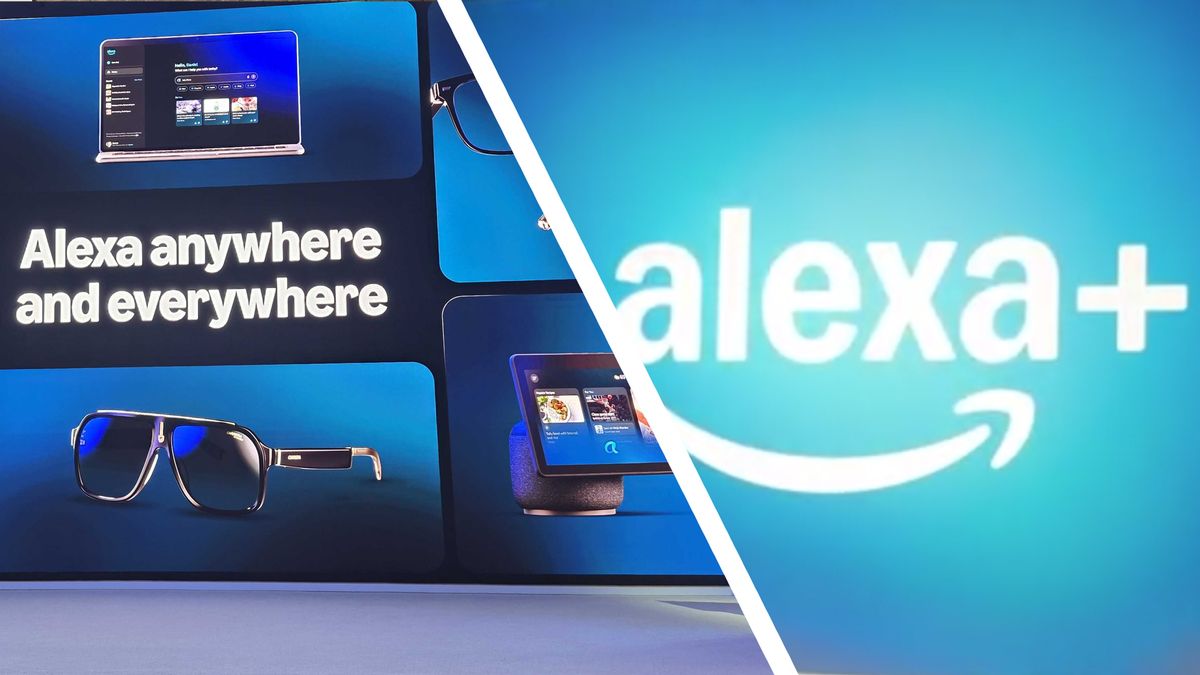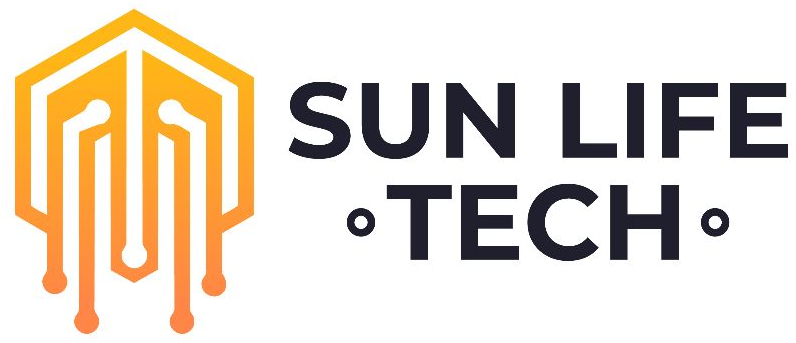
Amazon’s Alexa has been a household staple for years, providing hands-free assistance, smart home integration, and entertainment—all for free. However, Amazon is making a major shift in its strategy by introducing a subscription-based version of Alexa that promises advanced capabilities. While the move is designed to enhance the user experience with AI-driven features, it also raises concerns about cost, accessibility, and privacy.
This change marks a turning point in the smart home industry, where voice assistants have traditionally been offered as a free service. With Amazon’s new model, users may soon have to pay for features they once enjoyed without a subscription.
But is this new Alexa worth the price? Or is Amazon pushing users into a costly ecosystem that benefits the company more than its customers? Let’s break down what this shift means, the benefits and drawbacks, and how it compares to other AI-driven services.
What’s Changing? The New Subscription-Based Alexa Explained
Amazon’s new Alexa is reportedly powered by a more advanced AI model, promising better conversational abilities and improved smart home integration. While Amazon hasn’t officially disclosed the pricing or full feature set, early reports suggest that the subscription version of Alexa will include:
✅ More Natural Conversations – The AI will better understand context and nuance, making interactions more fluid and human-like.
✅ Personalized Responses – Alexa will learn from user behavior to provide more relevant suggestions and automations.
✅ Enhanced Productivity Features – Expect better calendar management, task automation, and reminders tailored to your needs.
✅ Advanced Smart Home Capabilities – Alexa will optimize device interactions, making smart home controls more intuitive.
✅ Generative AI Features – The assistant will be able to generate responses in a way similar to OpenAI’s ChatGPT or Google’s Gemini.
While these upgrades sound impressive, they come with a big catch: they won’t be available for free.
Why Is Amazon Introducing a Subscription for Alexa?
Amazon has invested billions into developing Alexa and its AI ecosystem, but the company has struggled to turn the service into a profitable business model. Reports indicate that Amazon’s Alexa division has lost billions of dollars, making it clear that the company needs a new way to monetize its voice assistant.
Here’s why Amazon is making this shift:
- Cost Recovery – Developing AI-powered services is expensive, and Amazon wants to offset these costs by introducing a subscription-based model.
- Monetizing AI – As AI becomes more powerful, companies are looking for ways to charge users for premium experiences.
- Competing with AI Assistants – With the rise of ChatGPT, Google Assistant, and Apple’s Siri, Amazon is pushing Alexa to be more competitive.
- Expanding Revenue Streams – Amazon has traditionally made money from selling Echo devices and smart home products, but it now sees AI services as a long-term investment.
While this may make sense for Amazon’s business strategy, it raises serious concerns for users.
What Does This Mean for Free Alexa Users?
The biggest question for current Alexa users is: What happens to the free version?
As of now, Amazon hasn’t officially stated whether the free version of Alexa will remain the same, but history suggests that companies often reduce the capabilities of free products once a premium version is introduced.
Here’s what could happen to free Alexa users:
🔹 Reduced Features – Certain advanced capabilities may be locked behind a paywall.
🔹 Slower AI Updates – The free version might not receive cutting-edge AI updates as frequently as the subscription-based Alexa.
🔹 Increased Ads or Upsells – Amazon may introduce more ads, product recommendations, or nudges to encourage users to upgrade.
🔹 Limited Smart Home Integration – Advanced automation and voice control features may be exclusive to paying customers.
This potential shift could frustrate long-time Alexa users who have relied on the free model for years.
How Much Will the Subscription Cost?
While Amazon hasn’t revealed an official price, industry experts predict that a subscription-based Alexa could cost anywhere between $5 to $15 per month, depending on the features included.
To put this into perspective, here’s how it compares to other AI-powered services:
| Service | Monthly Cost | Features |
|---|---|---|
| Amazon Prime | $14.99 | Video, Music, Free Shipping |
| ChatGPT Plus | $20.00 | Access to GPT-4, priority responses |
| Google One AI | $9.99 | AI-generated summaries, expanded search |
| Apple iCloud+ | $9.99 | Extra storage, private relay, advanced AI features |
If Amazon prices Alexa competitively, it could attract a large number of users willing to pay for enhanced features. However, if the cost is too high, it may push people toward alternative AI assistants.
The Big Concerns: Privacy, Accessibility, and Costs
While Amazon’s new Alexa offers exciting features, it also raises major concerns about privacy, accessibility, and long-term costs.
1. Privacy Concerns: Will Alexa Collect More Data?
One of the biggest issues with AI assistants is data privacy. A subscription-based Alexa might require more user data to function effectively, leading to concerns such as:
🔹 Increased Data Collection – To personalize responses, Alexa could collect more conversational data, habits, and preferences.
🔹 Amazon’s Advertising Model – Will Amazon use Alexa’s AI features to target users with ads?
🔹 Potential Security Risks – With more advanced AI features, the risk of data breaches or unauthorized access could increase.
Amazon has not yet clarified how data will be handled under this new model, but privacy advocates are already raising concerns.
2. Accessibility: Will Everyone Be Able to Use Alexa?
One of Alexa’s biggest strengths has been its accessibility, allowing users of all ages and backgrounds to interact with AI easily. Introducing a subscription model could create a gap between free and premium users, making high-end AI experiences less accessible.
🔹 Will low-income users lose access to important Alexa features?
🔹 Will businesses need to pay more to use Alexa for smart office setups?
🔹 How will schools or non-profits that use Alexa be affected?
If Amazon scales back the free version, it could limit access to basic AI functionality, which has been one of Alexa’s biggest advantages.
3. Long-Term Costs: Is This the Future of AI Assistants?
This move by Amazon sets a precedent for the industry. If successful, other companies like Google and Apple could follow suit, pushing AI assistants into a subscription-based future.
Some potential long-term effects include:
🚨 AI assistants becoming exclusive to paying users.
🚨 Free versions becoming less useful over time.
🚨 More AI-powered services locking features behind subscriptions.
Final Thoughts: Should You Pay for the New Alexa?
Amazon’s subscription-based Alexa represents a powerful step forward in AI technology, but it also raises serious concerns about cost and privacy.
While premium users may enjoy a more advanced Alexa experience, free users might find themselves left behind or pressured into paying for features they once had for free.
So, is the new Alexa worth paying for?
✅ If you heavily rely on Alexa for smart home automation and productivity, it could be worth the price.
❌ If you just use Alexa for basic tasks, you may not need the subscription at all.
As more details emerge, consumers will need to decide whether Amazon’s new direction is helpful or just another way to squeeze more money out of users.
Would you be willing to pay for a better Alexa experience? Let us know your thoughts!




